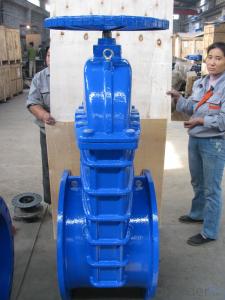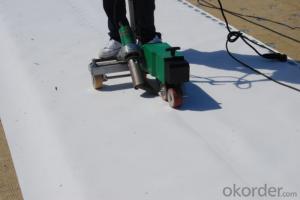Largest Solar Inverter
Largest Solar Inverter Related Searches
Best Inverter Solar Panel Solar Panel On Roof Rack Inverter To Solar Panel Ratio Solar Panel Decking Lights Solar Panel Inverter Box 1000 Watt Solar Panel Inverter 12 Volt Solar Panel Inverter Plastic Solar Lanterns Buy Solar Panel Inverter Solar Panel Inverter CostHot Searches
Type Of Inverter For Solar Types Of Inverter For Solar Used Solar Inverter For Sale Inverter Size For Solar System Solar Edge Inverter For Sale 5kw Solar Inverter For Sale Solar Inverter For Sale Solar Inverter For Battery Solar Inverter For Split Ac Solar Inverter For Laptop Solar Inverter For Fridge Solar With Inverter Price Solar Inverter With 2 Battery Solar Inverter Price In China Best Solar Inverter In China Solar Inverter Price In Dubai Solar Inverter Price In Uae Solar Inverter Price In Kenya Solar Inverter Price In Kerala Solar Hot Water Collectors For SaleLargest Solar Inverter Supplier & Manufacturer from China
Okorder.com is a professional Largest Solar Inverter supplier & manufacturer, offers integrated one-stop services including real-time quoting and online cargo tracking. We are funded by CNBM Group, a Fortune 500 enterprise and the largest Largest Solar Inverter firm in China.Hot Products
FAQ
- A solar inverter handles voltage drops in the electrical wiring by continuously monitoring the voltage levels and adjusting its output accordingly. It maintains a stable output voltage by boosting it when necessary to compensate for any drop in the wiring. This ensures that the solar power system operates efficiently and effectively, minimizing any potential power loss due to voltage drops.
- The role of a solar inverter in preventing islanding is to constantly monitor the electrical grid and immediately disconnect from it if it detects a fault or disruption. By disconnecting from the grid, the solar inverter ensures that it does not continue to generate power and create a self-sustaining island of electricity, which could pose a safety risk for utility workers attempting to fix the fault.
- Yes, a solar inverter can be used with solar-powered air conditioning systems. The solar inverter is responsible for converting the direct current (DC) generated by the solar panels into alternating current (AC) that can be used to power various electrical appliances, including air conditioning units. By connecting the solar inverter to the solar panels and the air conditioning system, the generated solar energy can be efficiently utilized to power the AC system.
- Yes, a solar inverter can be used with a solar-powered agricultural irrigation system. A solar inverter is responsible for converting the direct current (DC) electricity generated by solar panels into alternating current (AC) electricity that can be used to power various devices and systems, including irrigation systems. By connecting a solar inverter to the solar panels within an agricultural irrigation system, the generated solar energy can be efficiently utilized to power the irrigation pumps and other components, enabling a sustainable and environmentally-friendly solution for agricultural irrigation.
- Yes, a solar inverter can be used with different types of power control devices. Solar inverters are designed to convert the direct current (DC) generated by solar panels into alternating current (AC) that can be used to power household appliances and other electrical devices. They can be integrated with various power control devices such as charge controllers, battery banks, and grid-tie systems to optimize the energy output and manage the flow of electricity efficiently.
- A solar inverter handles harmonic distortion by incorporating various filtering and control mechanisms. These mechanisms help to minimize and mitigate the impact of harmonic distortion caused by the non-linear loads associated with solar panels. The inverter typically employs filters and algorithms that actively monitor and adjust the output waveform to reduce harmonics. This ensures that the generated electricity is of high quality and meets the required standards for grid connection.
- The role of Maximum Power Point Tracking (MPPT) in a solar inverter is to optimize the power output from the solar panels by constantly adjusting the voltage and current to ensure that the solar panels are operating at their maximum power point. This allows the solar inverter to efficiently convert the DC power generated by the solar panels into AC power for use in homes or businesses. By tracking and adjusting the maximum power point, MPPT technology maximizes the overall energy production and improves the overall efficiency of the solar inverter system.















































